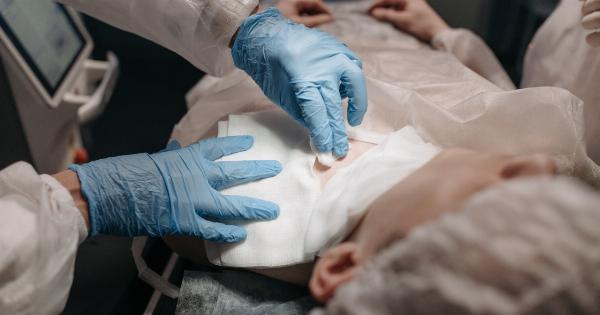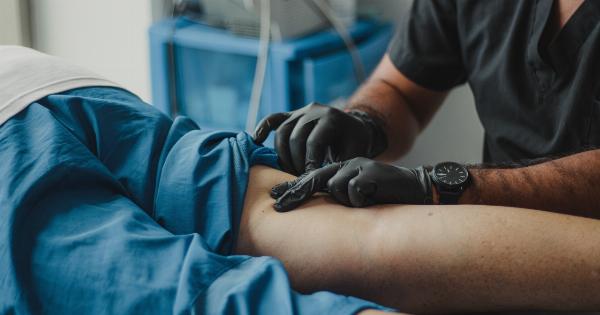The meniscus is a curved piece of cartilage in the knee that serves as a cushion between the femur and tibia bones. It acts as a shock absorber and helps to evenly distribute weight across the knee joint.
There are two menisci in each knee joint, the medial meniscus, and the lateral meniscus. However, the meniscus can be damaged from sudden twisting movements while bearing weight or from degeneration over time. Meniscus injuries are quite common and can range from a minor tear to a completely ruptured meniscus.
Symptoms of a Meniscus Injury
The symptoms of a meniscus injury can vary depending on the severity of the injury. The most common symptoms include:.
- Pain in the knee joint
- Swelling of the knee
- Stiffness or difficulty in bending or straightening the knee
- A popping sensation in the knee
- The sensation of the knee “giving way”
If the injury is severe, the patient may need to use crutches to walk or keep the leg elevated to reduce swelling.
Causes of Meniscus Injuries
Meniscus injuries are usually caused by sudden twisting while bearing weight on the knee. This most frequently happens in sports, such as soccer or basketball that require sudden changes in direction.
Older adults can experience tears in the meniscus due to age-related degeneration. The risk of meniscus tears also increases due to obesity and arthritis.
Diagnosis of Meniscus Injuries
If you experience symptoms that suggest a meniscus injury, you should visit a doctor as soon as possible. The doctor will first take a medical history to learn about your medical background.
They will also perform a physical exam to check for areas of tenderness, swelling, and stiffness. X-rays or MRI scans may also be used to determine the extent of the injury.
Treatment for Meniscus Injuries
Treatment for meniscus injuries depend on the severity of the injury. If the tear is minor, rest, ice, and physical therapy may be sufficient to heal the injury. More severe tears may require arthroscopic surgery.
In this procedure, a surgeon uses a tiny camera attached to a tube to see the injury and perform the necessary repairs. Arthroscopic surgery is usually a more effective treatment for severe meniscus injuries than other procedures.
Arthroscopic Surgery
Arthroscopic surgery is a minimally invasive procedure that is used to diagnose and treat a variety of knee conditions. During the procedure, a surgeon will make a small incision in the knee and insert a tiny camera into the joint.
The camera displays a clear image of the knee on a monitor, allowing the surgeon to see the injury. Small surgical instruments are then inserted through other small incisions and are used to make the necessary repairs.
Risks of Arthroscopic Surgery
Like any surgical procedure, arthroscopic surgery comes with some risks. Patients may experience infection or bleeding after the procedure. Damage to blood vessels, nerves, and other surrounding tissues may also occur, although it is rare.
In some cases, the surgery may not heal the injury completely.
Recovery from Arthroscopic Surgery
Recovering from arthroscopic surgery usually takes between four and six weeks. During this time, patients are encouraged to rest the knee and follow any post-surgery instructions provided by their surgeon.
Physical therapy may also be recommended to improve range of motion and strength in the knee. Patients may be able to return to normal activities once the knee has fully healed.
Prevention of Meniscus Injuries
While meniscus injuries are not completely preventable, there are steps that can be taken to reduce the risk of injury. Maintaining a healthy weight, staying physically active, and wearing supportive footwear can all help to reduce the risk of injury.
It is also important to properly warm up before exercise and to use proper technique when playing sports.
Conclusion
Meniscus injuries can be painful and debilitating, but there are treatment options available to help patients regain mobility and reduce pain.
Arthroscopic surgery is an effective treatment option for severe meniscus injuries, allowing for a faster recovery time than other procedures. By taking steps to prevent injury, such as maintaining a healthy weight and using proper technique during sports, patients can reduce the risk of meniscus injuries and protect their knee health.































